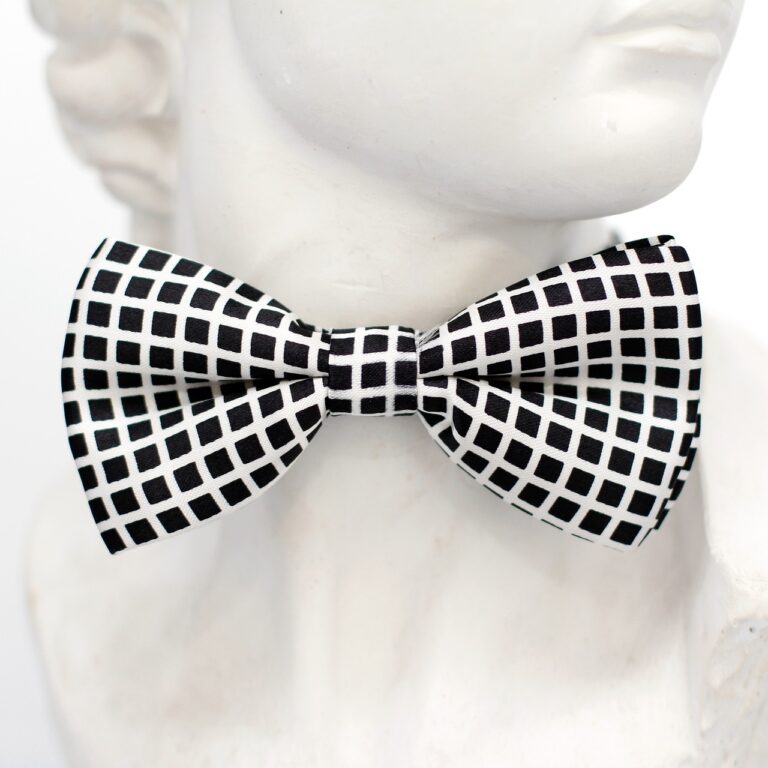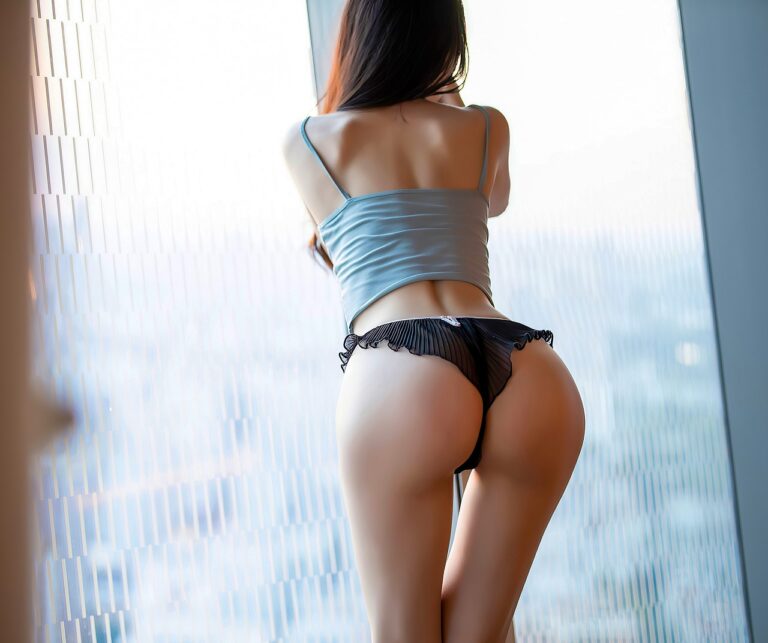Exploring Fashion in Art History: Art Movements and Their Influence: 11xplay reddy login password, Diamondexch9 id, Skyexchange id
11xplay reddy login password, diamondexch9 id, skyexchange id: Exploring Fashion in Art History: Art Movements and Their Influence
Fashion and art have always been closely intertwined throughout history. From Ancient Egypt to the Renaissance to the modern-day, art movements have greatly influenced fashion trends, and vice versa. In this article, we will delve into the fascinating relationship between art history and fashion, exploring how different art movements have shaped the way we dress and express ourselves.
Ancient Egypt: The Origins of Fashion
The history of fashion can be traced back to Ancient Egypt, where elaborate clothing and accessories were not only a form of self-expression but also a symbol of social status and power. The Egyptians were known for their use of bold colors, intricate patterns, and luxurious fabrics, which reflected their advanced civilization and artistic achievements.
Greek and Roman Art: Classicism and Elegance
The art of ancient Greece and Rome had a profound influence on fashion during the Renaissance and beyond. The classical ideals of beauty, symmetry, and proportion inspired designers to create clothing that echoed the graceful lines and refined aesthetics of Greco-Roman sculptures and architecture. Draped silhouettes, togas, and sandals became popular in fashion, reflecting the timeless elegance of classical art.
Renaissance Art: Revival of Luxury and Opulence
The Renaissance period marked a revival of art, culture, and fashion in Europe. The rich and powerful aristocracy of the time commissioned elaborate garments and accessories that reflected their wealth and social status. The art of the Renaissance, with its focus on perspective, realism, and humanism, influenced fashion through opulent fabrics, intricate embroidery, and embellishments that mimicked the intricate details found in paintings and sculptures.
Baroque and Rococo Art: Excess and Extravagance
The Baroque and Rococo art movements of the 17th and 18th centuries celebrated excess, luxury, and extravagance. Fashion during this time embraced elaborate embellishments, rich fabrics, and exaggerated silhouettes that mirrored the grandeur of Baroque and Rococo art. The opulent and ornate designs of clothing and accessories reflected the intricate details and dramatic compositions of Baroque paintings and Rococo interiors.
Neoclassicism: Return to Simplicity and Elegance
In response to the excesses of the Baroque and Rococo periods, the Neoclassical art movement emerged in the late 18th century, inspired by the art and culture of ancient Greece and Rome. Neoclassical fashion was characterized by simple, clean lines, muted colors, and draping that echoed the classical ideals of beauty and harmony. The art of the Neoclassical period, with its focus on simplicity, purity, and restraint, influenced fashion through understated elegance and refined silhouettes.
Impressionism and Art Nouveau: Innovation and Individualism
The late 19th and early 20th centuries witnessed the rise of the Impressionist and Art Nouveau art movements, which embraced innovation, individualism, and the beauty of everyday life. Impressionist fashion was characterized by loose, flowing silhouettes, soft colors, and natural fabrics that reflected the spontaneous and fleeting nature of Impressionist paintings. Art Nouveau fashion, on the other hand, featured organic shapes, intricate patterns, and decorative motifs inspired by the natural world and the curvilinear designs of Art Nouveau artworks.
Cubism and Futurism: Abstract Forms and Geometric Shapes
The early 20th century saw the emergence of Cubism and Futurism, two avant-garde art movements that rejected traditional artistic conventions and embraced abstraction, fragmentation, and dynamism. Cubist fashion featured geometric shapes, angular lines, and bold colors that mirrored the fragmented compositions and multiple perspectives of Cubist paintings. Futurist fashion, influenced by technology, speed, and the urban environment, showcased streamlined silhouettes, metallic fabrics, and sharp angles that reflected the energy and movement of Futurist artworks.
Surrealism and Abstract Expressionism: Creativity and Freedom
The Surrealist and Abstract Expressionist art movements of the mid-20th century celebrated creativity, freedom, and the subconscious mind. Surrealist fashion featured dreamlike designs, unexpected pairings, and fantastical motifs that mirrored the irrational and fantastical elements of Surrealist art. Abstract Expressionist fashion, on the other hand, embraced experimentation, spontaneity, and artistic expression, with bold colors, bold brushstrokes, and abstract patterns that reflected the emotional intensity and energy of Abstract Expressionist paintings.
Pop Art and Minimalism: Popular Culture and Simplicity
The Pop Art and Minimalist art movements of the 1960s and 1970s reflected the changing cultural landscape of the time, with a focus on popular culture, consumerism, and simplicity. Pop Art fashion featured bold colors, graphic prints, and playful motifs inspired by popular icons and mass media, while Minimalist fashion embraced simplicity, clean lines, and understated elegance. Both movements influenced fashion through their emphasis on accessibility, youth culture, and the blending of art and everyday life.
Contemporary Art and Fashion: Fusion and Collaboration
In the modern era, art and fashion continue to intersect and inspire each other in exciting ways. Contemporary artists collaborate with designers to create limited-edition collections, fashion houses draw inspiration from art exhibitions and installations, and art museums showcase the connections between art history and fashion design. The boundaries between art and fashion have become increasingly blurred, leading to innovative and creative collaborations that push the boundaries of both disciplines.
In conclusion, the relationship between art history and fashion is a rich and complex one that spans centuries and continents. From the classical elegance of ancient Greece to the avant-garde experimentation of contemporary art, art movements have influenced fashion trends and designers in profound ways, shaping the way we dress and express ourselves. By exploring the connections between art and fashion, we gain a deeper understanding of the creative interplay between two of the most powerful forms of human expression.
FAQs
1. How did art movements influence fashion?
Art movements influence fashion through their aesthetics, themes, and ideologies. Designers draw inspiration from art history to create clothing that reflects the styles and theories of a particular artistic movement, such as Cubism, Surrealism, or Abstract Expressionism.
2. How do fashion designers incorporate art history into their collections?
Fashion designers incorporate art history into their collections through research, experimentation, and collaboration with artists and museums. They may draw inspiration from a specific artwork, artist, or art movement and translate its elements into clothing designs, fabrics, and accessories.
3. Are there any contemporary artists who collaborate with fashion designers?
Yes, there are many contemporary artists who collaborate with fashion designers to create unique and innovative collections. Artists such as Jeff Koons, Yayoi Kusama, and Cindy Sherman have worked with fashion houses to produce limited-edition garments, accessories, and runway shows that blur the lines between art and fashion.
4. How can I incorporate art history into my personal style?
You can incorporate art history into your personal style by studying different art movements, artists, and artworks that resonate with you. Look for clothing and accessories that reflect the aesthetics and themes of your favorite artistic periods, whether it’s the bold colors of the Impressionists, the geometric shapes of the Cubists, or the playful motifs of the Pop Artists. Experiment with mixing and matching styles, colors, and textures to create a unique and artful look that celebrates the creative spirit of art history.







